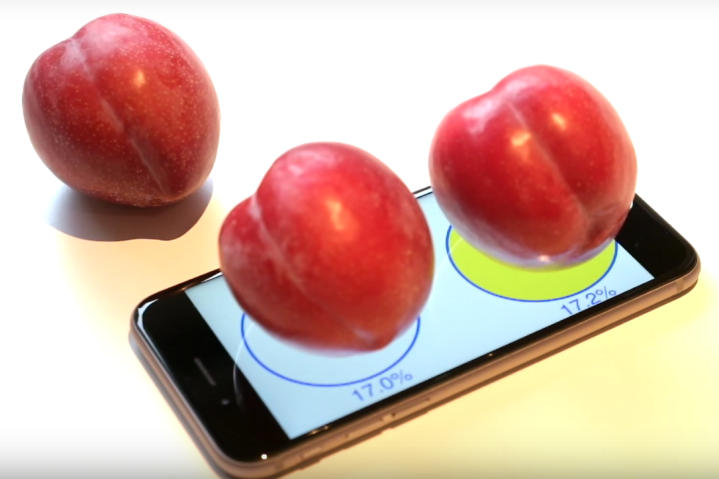
The decision appears to be a last-minute one. As early as last month, a development document for the Android N Developer Preview 2, Google’s bleeding-edge edition of Android, contained references to gesture-based shortcuts similar to those supported by 3D Touch. It referred to “dynamic” shortcuts that, much like the Mail, Maps, and Music icons on iPhones with 3D Touch support, would respond to interactions beyond simple taps and drags:
“The user may ‘pin’ dynamic shortcuts on [the Android home screen] to make ‘pinned shortcuts.’ Pinned shortcuts cannot be removed by the creator app … [and] applications should keep the pinned shortcut information up-to-date …”
According to Re/code’s sources, such a feature “will not be a part of the initial Android N release.” Instead, they imply, it’ll most likely arrive as part of an over-the-air upgrade sometime down the line.
In lieu of support for 3D Touch-like gestures at the system level, some Android phone makers have taken matters into their own hands. Huawei launched a pressure-sensitive screen on the flagship Mate S, and ZTE followed suit with the Axon Mini Premium. Separately, perhaps in anticipation an incoming deluge, smartphone component suppliers have moved quickly to debut hardware that could comprise future “force touch”-enabled
The reason for the delay’s anyone’s guess. One possibility, though, is that Google’s virtual reality efforts took precedent. The company’s expected to reveal a stand-alone, Android-powered VR headset at its I/O developer conference next week, a device effort that’ll reportedly dovetail with an internal project — “Mirage” — aimed at building a unified framework for Android VR developers.
Editors' Recommendations
- Android 12L and Wear OS 3 show Google still isn’t serious about tablets and smartwatches
- Pixel 3a confirmed to get Android 12L even as Google winds down Pixel 3 support
- Qualcomm’s long-awaited second-gen 3D Sonic fingerprint sensor is 50% faster
- The Pixel 4a may be released on June 5, right after Android 11 is revealed
- 2020 iPhone could include a 3D camera system


